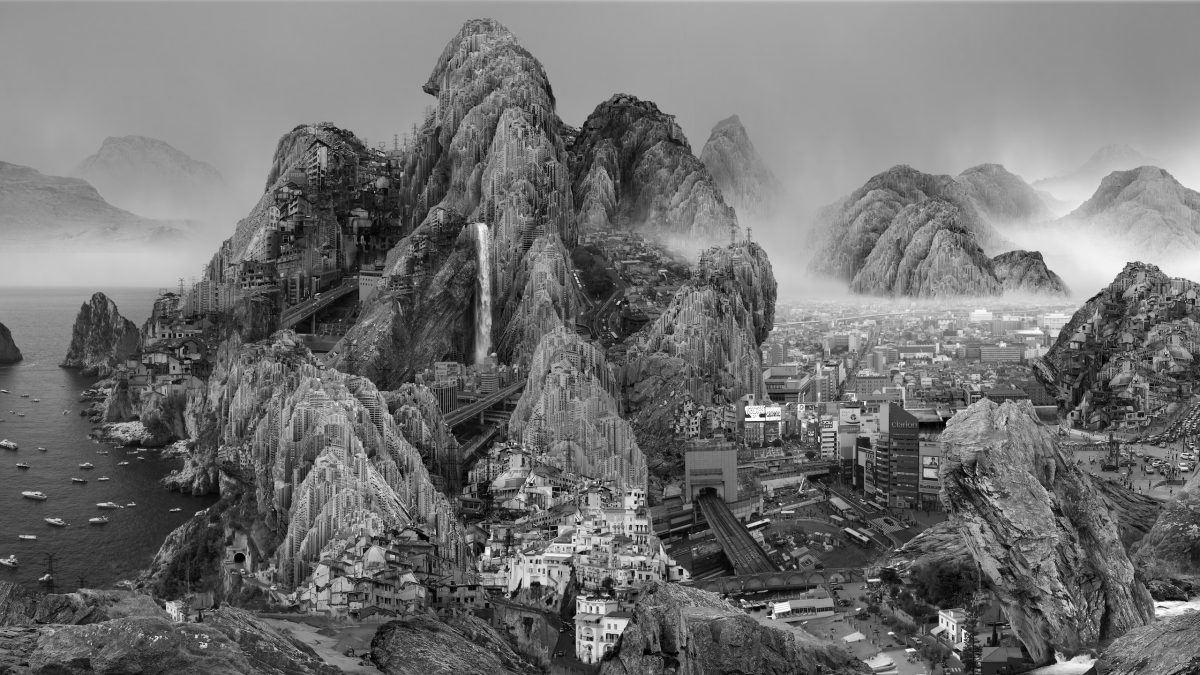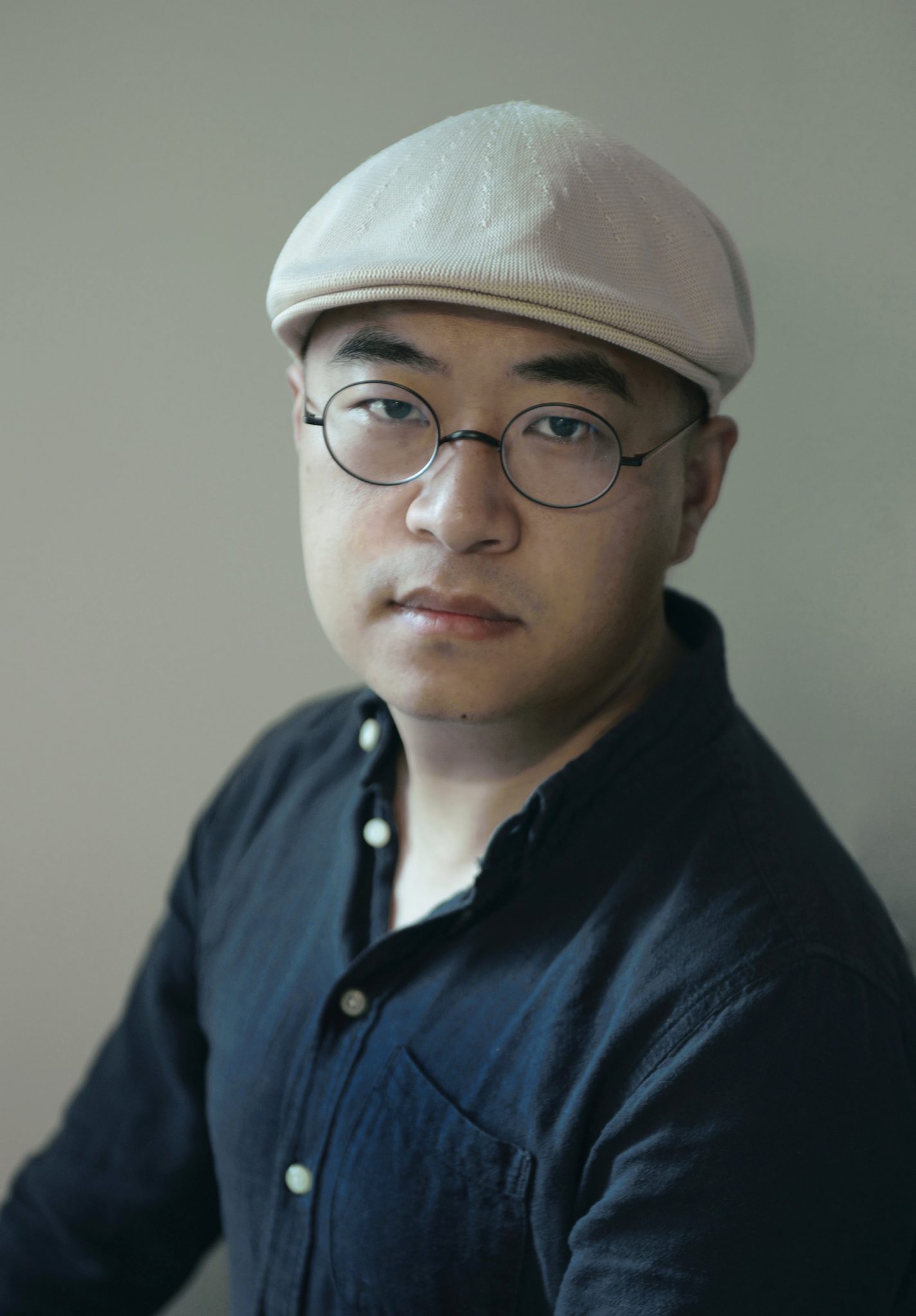 Ishibiki area
Ishibiki area
YANG Yongliang

Endless Streams, 2017, © Yang Yongliang, Courtesy of the artist
Artist Statement
Endless Streams
Endless Streams is my very first 4K video, made in 2017. I use images of architecture as brushstrokes; heavy mountain rocks with enriched details draw a faithful reference to Song Dynasty landscape painting. Urban development makes life in the city flourish, but it also imprisons these lives; centuries-old cultural tradition in China is profound, but it has also remained stagnant. Ancient Chinese people painted landscapes to praise the greatness of nature; my work, on the other hand, leads towards a critical re-thinking of contemporary reality.
In Endless Streams, I feature busy traffic in a city center, where cars pass through like running streams. Its Chinese title Chuan Liu Bu Xi, originally meaning “endless streams,” has also been frequently used to depict traffic. In Chinese literature, “running stream” is a symbol for the passing of time. Playfully, by the end of the video, I let my “streams” go backwards, returning to where they began.
Prevailing Winds
Prevailing Winds is a 2017 video that comes along with Endless Streams. The former picks up on the busy traffic in a port city, when the latter zooms into the growing trades near the harbor. Prevailing Winds, as in geography, are winds that blow predominantly from a single direction; as a business term, it is used to describe market trends. The Chinese title is a set phrase that tells a parallel story, Luo Yi Bu Jue, depicting restless cars, boats and men on horses on their ways to the market.
I use images of architecture as brushstrokes; heavy mountain rocks with enriched details draw a faithful reference to Song Dynasty landscape painting. Urban development makes life in the city flourish, but it also imprisons these lives; centuries-old cultural tradition in China is profound, but it has also remained stagnant. Ancient Chinese people painted landscapes to praise the greatness of nature; my work, on the other hand, leads towards a critical re-thinking of contemporary reality.
Yang Yongliang

Born in 1980 in Shanghai, China and lives and works there. He received training in Chinese traditional painting and calligraphy from childhood and graduated from China Academy of Art, School of Visual Communication (Shanghai) in 2003. His work attempts to connect traditional art with modern languages, digital technologies, and contemporary and ancient Oriental aesthetics and beliefs of literary people. His work has been exhibited in numerous museums and international exhibitions including the HOW Art Museum, Shanghai; British Museum; the Brooklyn Museum of Art; the Metropolitan Museum of Art; Museum of Fine Arts Boston and are collected by more than 20 public institutions.
